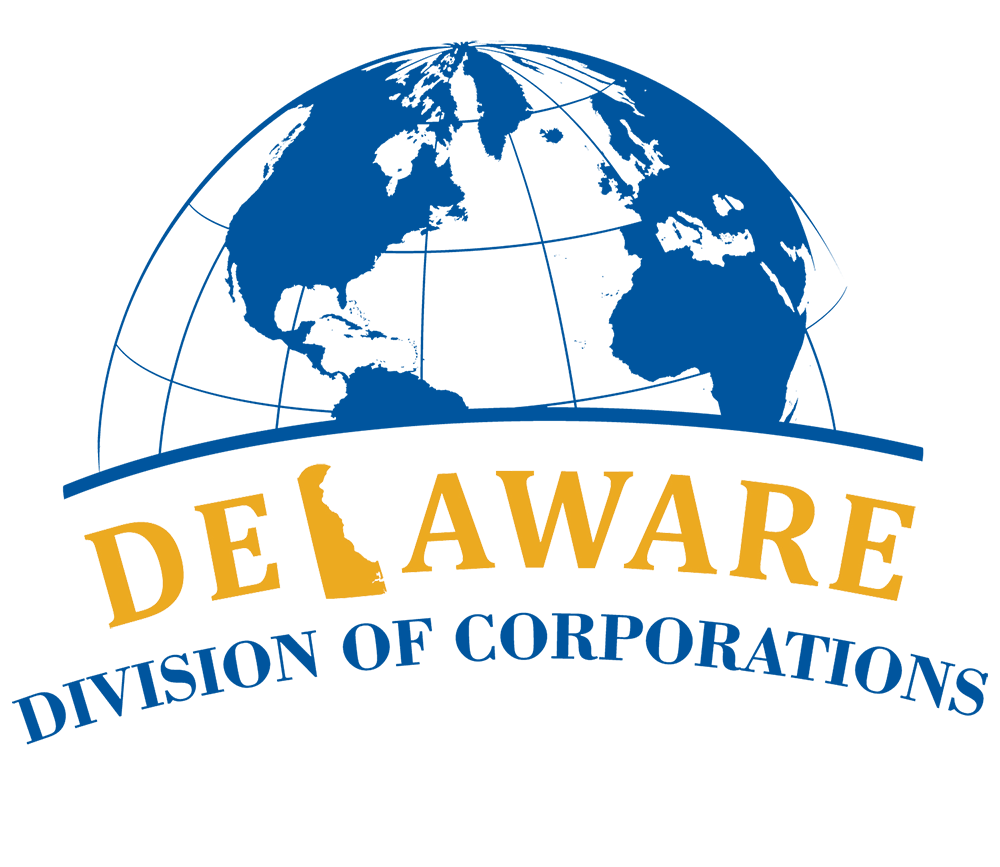Effective January 1, 2018, a domestic stock or non-stock for profit corporation incorporated in the State of Delaware is required to pay annual franchise tax. The minimum tax is $175.00, for corporations using the Authorized Shares method and a minimum tax of $400.00 for corporations using the Assumed Par Value Capital Method. All corporations using either method will have a maximum tax of $200,000.00. Corporations owing $5,000.00 or more make estimated payments with 40% due June 1st, 20% due by September 1st, 20% due by December 1st, and the remainder due March 1st.
The Annual Franchise Tax assessment is based on the authorized shares. Use the method that results in the lesser tax. The total tax will never be less than $175.00, or more than $200,000.00.
Non-Stock for Profit
All non-stock, for profit entities that do not comply with the Exempt Corporation requirements will be required to pay a Franchise Tax of $175.00
Authorized Shares Method
For corporations having no par value stock the authorized shares method will always result in the lesser tax.
- 5,000 shares or less (minimum tax) $175.00.
- 5,001 – 10,000 shares – $250.00,
- each additional 10,000 shares or portion thereof add $85.00
- maximum annual tax is $200,000.00
For Example
A corporation with 10,005 shares authorized pays $335.00($250.00 plus $85.00).
A corporation with 100,000 shares authorized pays $1,015.00($250.00 plus $765.00[$85.00 x 9]).
Assumed Par Value Capital Method
To use this method, you must give figures for all issued shares (including treasury shares) and total gross assets in the spaces provided in your Annual Franchise Tax Report. Total Gross Assets shall be those “total assets” reported on the U.S. Form 1120, Schedule L (Federal Return) relative to the company’s fiscal year ending the calendar year of the report. The tax rate under this method is $400.00 per million or portion of a million. If the assumed par value capital is less than $1,000,000, the tax is calculated by dividing the assumed par value capital by $1,000,000 then multiplying that result by $400.00.
The example cited below is for a corporation having 1,000,000 shares of stock with a par value of $1.00 and 250,000 shares of stock with a par value of $5.00 , gross assets of $1,000,000.00 and issued shares totaling 485,000.
- Divide your total gross assets by your total issued shares carrying to 6 decimal places. The result is your “assumed par”.
Example: $1,000,000 assets, 485,000 issued shares = $2.061856 assumed par.
- Multiply the assumed par by the number of authorized shares having a par value of less than the assumed par. Example: $2.061856 assumed par s 1,000,000 shares = $2,061,856.
- Multiply the number of authorized shares with a par value greater than the assumed par by their respective par value. Example: 250,000 shares $5.00 par value = $1,250,000
- Add the results of #2 and #3 above. The result is your assumed par value capital.
Example: $2,061,856 plus $1,250,000 = $3,311,856 assumed par value capital.
- Figure your tax by dividing the assumed par value capital, rounded up to the next million if it is over $1,000,000, by 1,000,000 and then multiply by $400.00.
Example: 4 x $400.00 = $1,600.00
- The minimum tax for the Assumed Par Value Capital Method of calculation is $400.00.
NOTE: If an amendment changing your stock or par value was filed with the Division of Corporations during the year, issued shares and total gross assets within 30 days of the amendment must be given for each portion of the year during which each distinct authorized amount of capital stock or par value was in effect. The tax is then prorated for each portion of the year dividing the number of days the stock/par value was in effect by 365 days (366 leap year), then multiplying this result by the tax calculated for that portion of the year. The total tax for the year is the sum of all the prorated taxes for each portion of the year.
Large Corporate Filer Information
You may also use our Franchise Tax Calculator for estimating your taxes.






